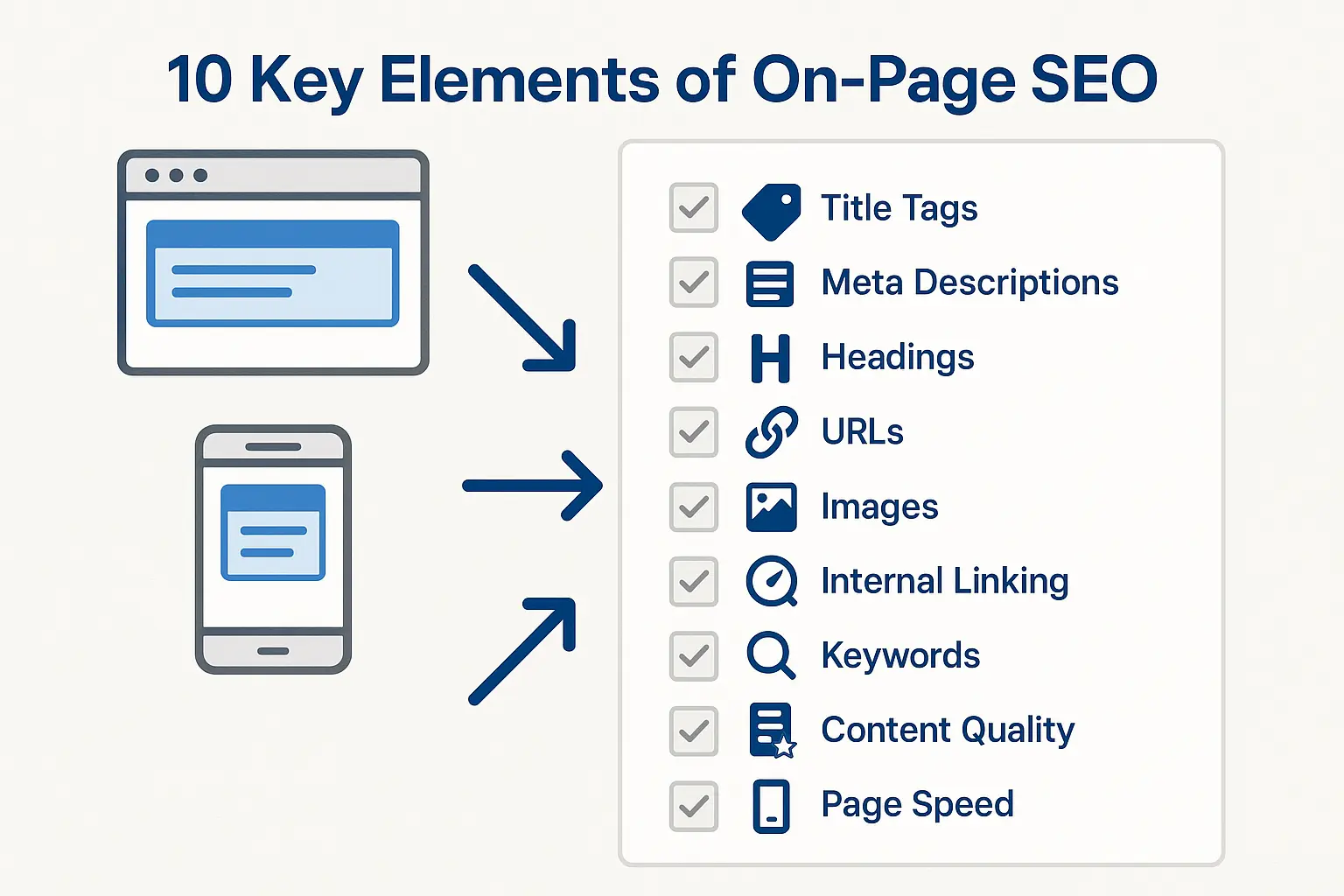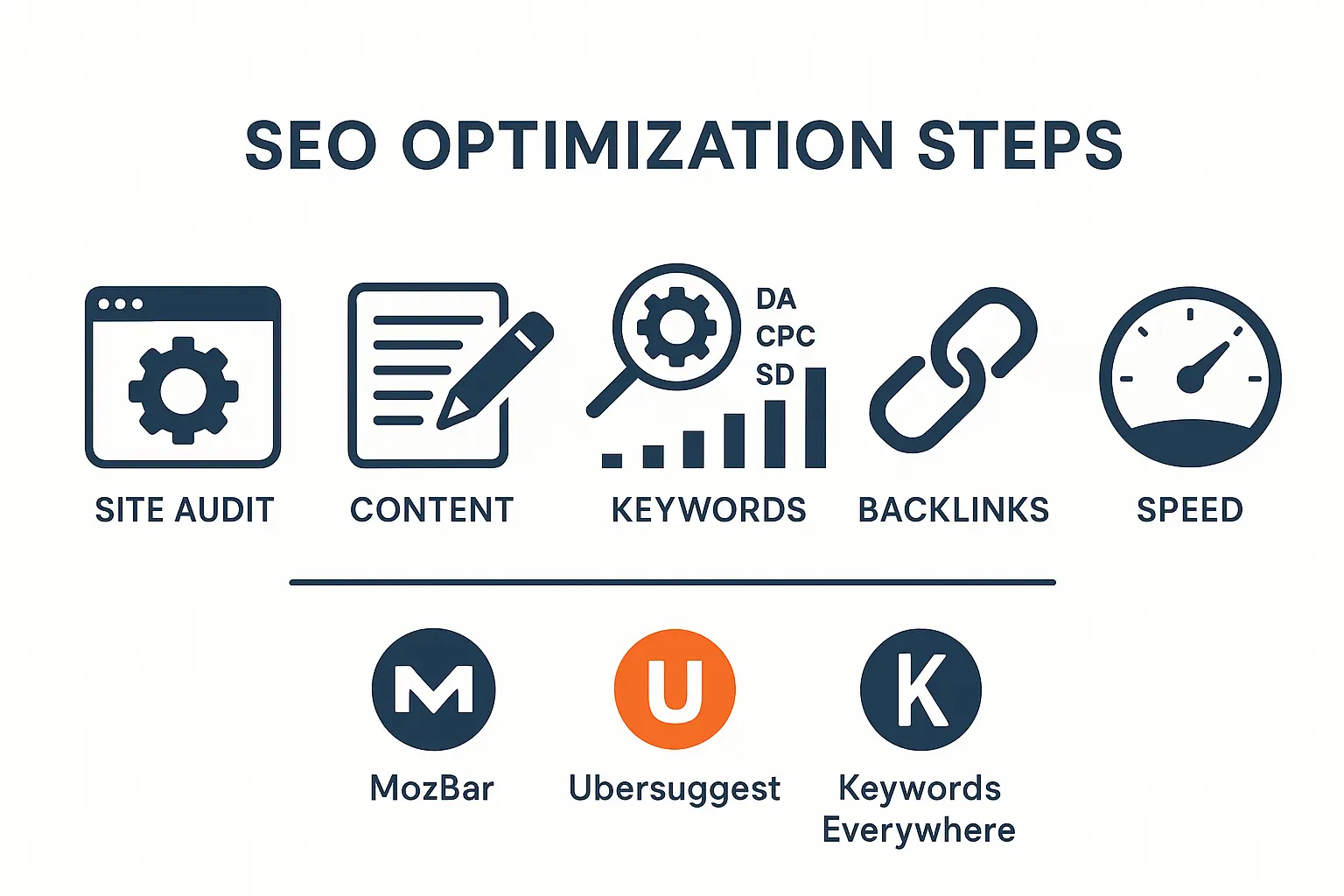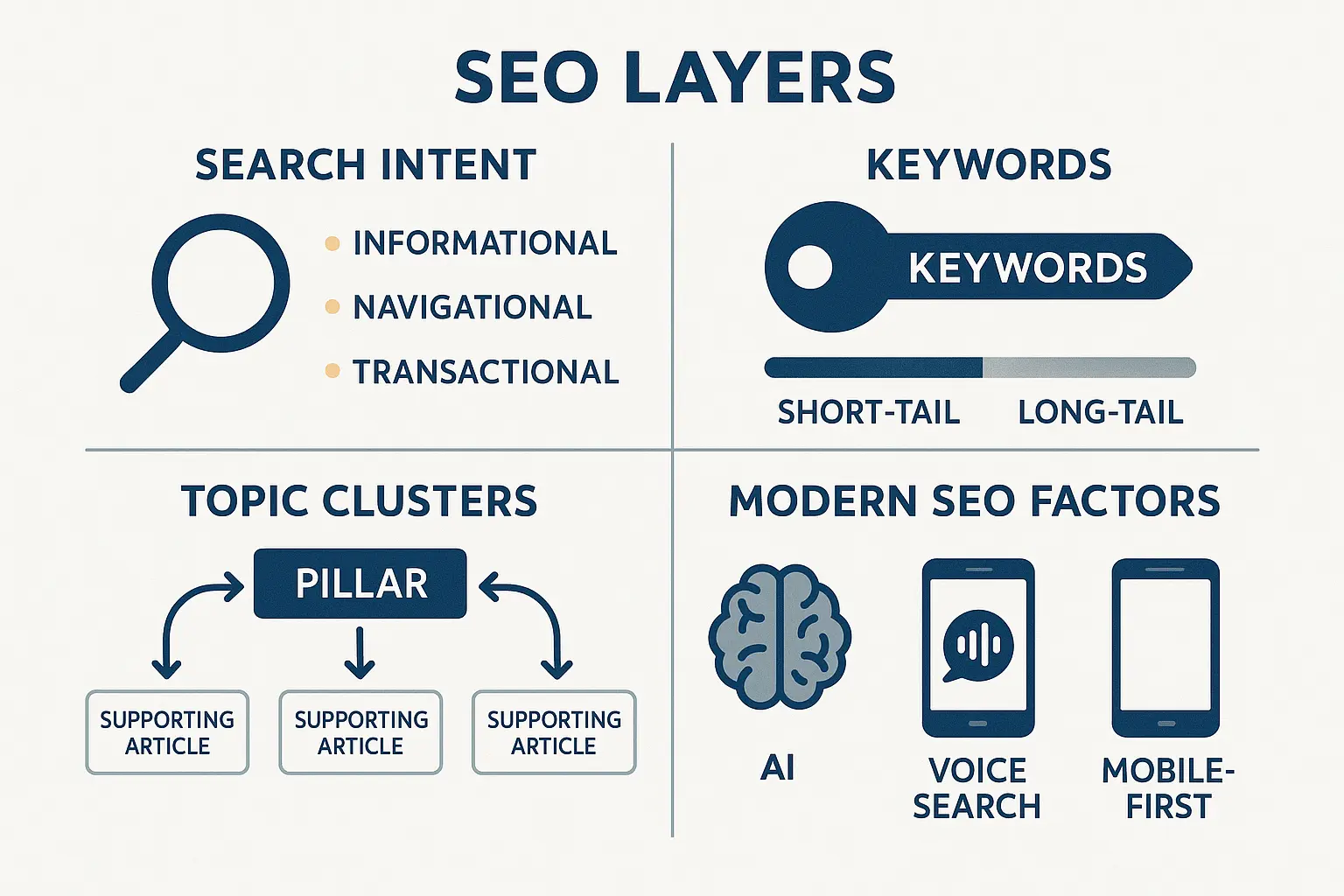The Psychology of First Impressions: You Have 7 Seconds

They say you never get a second chance to make a first impression — and science agrees. Research shows it takes just 7 seconds for someone to form an opinion about you. Whether it’s a client, a job interviewer, or even a stranger you meet at a café, those first moments matter more than we think.
The good news? First impressions aren’t just about looks — they’re about signals we send through our words, tone, and body language. Once you understand how the psychology works, you can make those 7 seconds count.
1. Why First Impressions Form So Fast
Our brains are wired for quick judgments. This is called thin slicing — we process small amounts of information to make fast decisions.
- People look for trust signals: eye contact, posture, and tone of voice.
- Your appearance gives context clues: clothing, grooming, and confidence level.
- The brain decides if you’re safe, likeable, and competent — almost instantly.
Action tip: Before important meetings, take a deep breath, straighten your posture, and walk in with a calm, open expression.
2. The Role of Body Language
First impressions are 55% body language, 38% tone of voice, and only 7% words.
- Eye contact shows confidence and honesty.
- A relaxed smile makes you approachable.
- Open gestures signal warmth, while crossed arms can seem defensive.
Action tip: Practice your “neutral confident” stance — feet hip-width apart, shoulders back, hands visible.
3. Dressing for the Message You Want to Send
Your clothes are a silent introduction. You don’t need expensive outfits, but you do need to be intentional.
- Match your style to the environment (formal for interviews, smart casual for networking).
- Clean, well-fitted clothes show attention to detail.
- Small touches — like a neat hairstyle or polished shoes — can shift perception.
Action tip: Keep a “go-to” outfit ready for important first meetings so you never scramble last minute.
4. The Power of Your Voice
How you speak can matter more than what you say in those first seconds.
- Speak at a steady pace — too fast can seem nervous, too slow can seem disinterested.
- Use a warm, friendly tone to make people feel at ease.
- Avoid filler words (“um,” “uh”) in your opening sentence.
Action tip: Before an important meeting, read a short paragraph out loud to warm up your voice.
5. Authenticity Beats Perfection
People can sense when you’re pretending. Authenticity builds trust faster than a perfect act.
- Show genuine interest by listening more than you speak.
- Ask simple, open-ended questions.
- Don’t be afraid to let your personality come through.
Action tip: Instead of focusing on “looking perfect,” focus on being present in the conversation.
6. Fixing a Weak First Impression
If you think you’ve made a poor start, don’t panic — you can turn it around.
- Acknowledge and laugh off small mistakes.
- Shift the focus to the other person by asking them something they’re passionate about.
- Deliver value — share a helpful tip, connect them to someone, or offer assistance.
Action tip: People remember how you make them feel at the end of an interaction more than the beginning.
Conclusion
First impressions aren’t about being perfect — they’re about being intentional. In those 7 seconds, you’re telling the other person a story about who you are. Make it a story of confidence, warmth, and authenticity.
Next time you walk into a room, remember: you’re already making an impression — so make it count.









No comments yet. Be the first to comment!